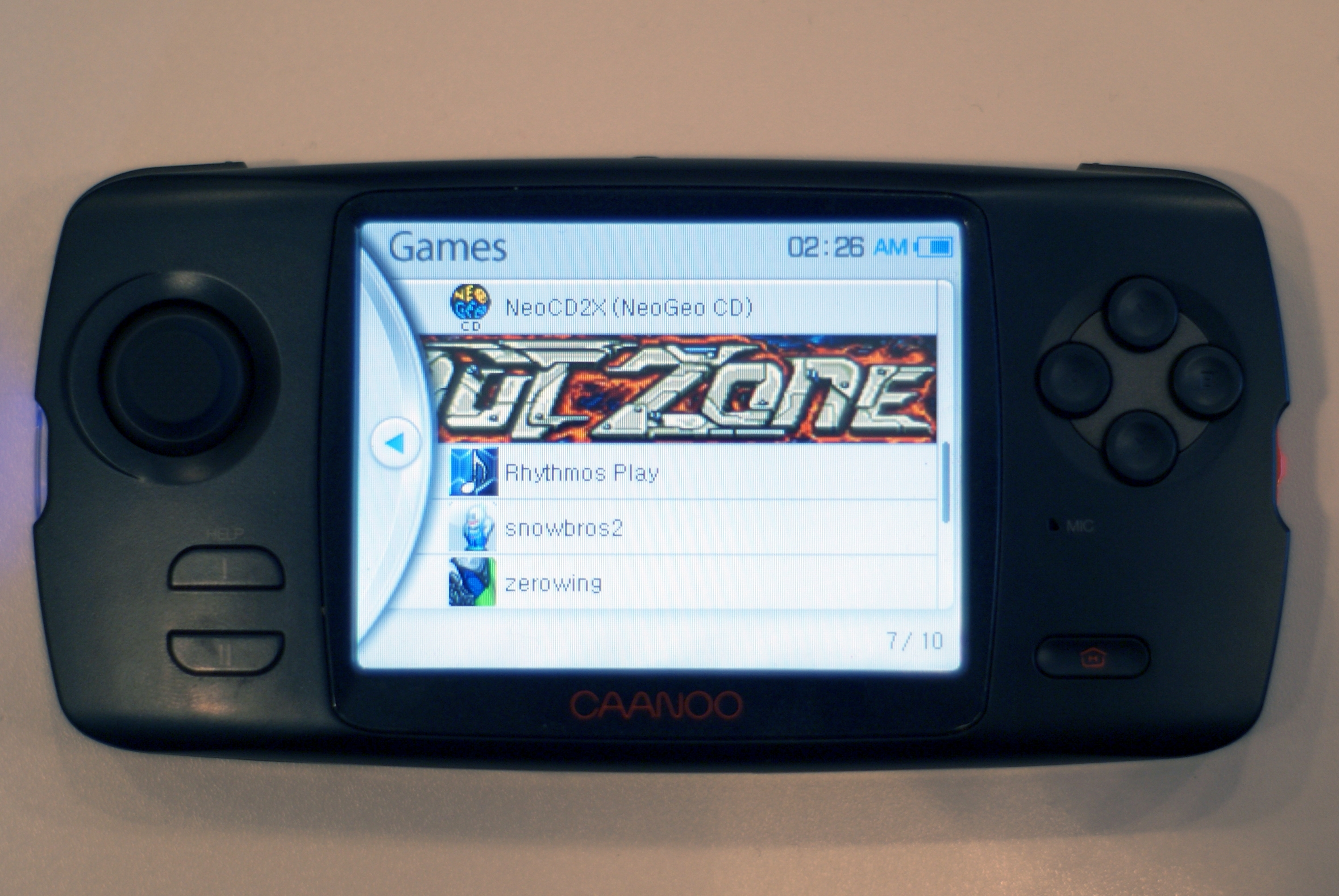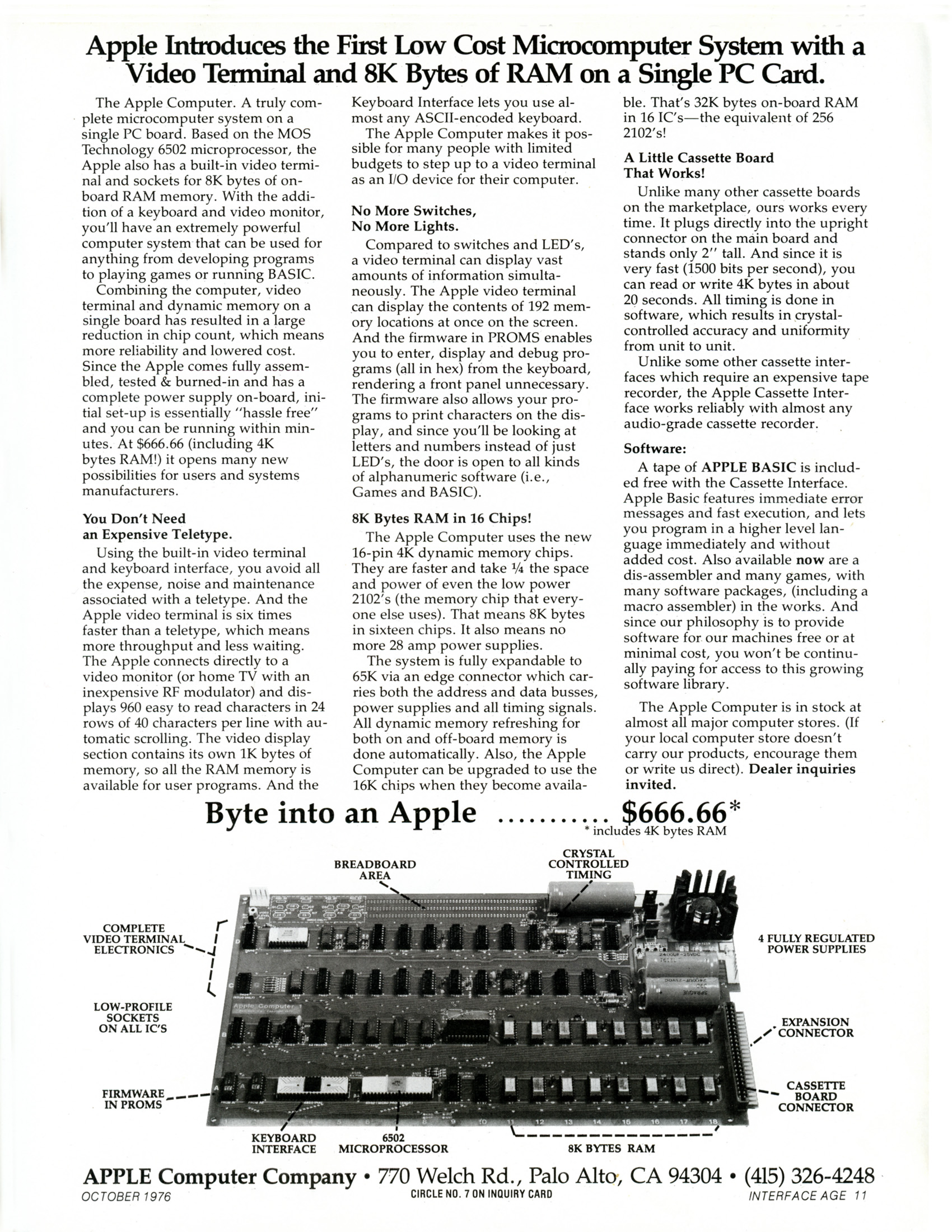It's been a while since I posted; I've been spending my spring break in fabulous scenic Bergen County, NJ, roaming its famous Garden State Plaza mall begging for change to afford a copy of Lego Star Wars III. All that wandering around suburban New Jersey made me misty-eyed about my crappy childhood, so today I thought I'd introduce a new column, Copyright Infringement Tuesday, where we explore the glorious world of "bootleg" (unlicensed) video games. Today we're taking a trip down memory lane with one of these bad boys:
 |
| Now with 3 times the Retron! |
Do you remember these? I know my local Walgreens stocked them by the dozens. They're unlicensed copies of old video game systems, made by shady factories in southeast Asia and sold by street hawkers and five-and-dimes the world over. I have dozens of them in my attic right now, and if I remember correctly many of them are quite creative. The one above, for example, impressively dubbed the "RetroN-3," is actually three systems in one box (NES, Super NES, and Genesis). It even comes with wireless controllers!
 |
| Are you dorky enough to use this in public? |
This one, the "Game Theory Admiral," is another terribly creative example of the lengths these Chinese sweatshops are willing to go to to grab a bit of the American video game market. It looks like a Game Boy Advance, and it plays just like one, except that it's actually a handheld NES. Unfortunately, it's made for use with Japanese cartridges, so it requires a rather awkward adapter (see above picture) for use with North American games. Still, it'll make you a celebrity if you pull it out at a bus terminal or during study hall.
But my favorite by far was sold in Brazil - it's called the "Mega Kid MK-1000:"
 |
| Robocop's computer of choice. |
Not only does the Mega Kid include two PlayStation-style controllers and a light gun in the shape of a miniature Kalashnikov, it also features a full keyboard, resembling a futuristic Commodore 64. It's also compatible with games from all over the world, making it an ideal system for importers. It can even be programmed in BASIC!
But hey, you may be asking yourself, this is a blog about homebrew games. How are these shitty things at all relevant? The answer lies in a tiny little chip, aptly named the "NES On A Chip." You see, the patent on Nintendo's secret lockout system for the NES expired in 2000. This left the NES wide open for hackers, and sure enough, NES clones soon flooded the market in countries where traditional video games were not affordable or not sold. For many in the developing world, and many low-income families right here in the US, these bootleg systems were a family's first contact with the world of video games.
Besides, I'm sure these things are just begging to be modified by some resourceful techno-freak with a soldering iron. Next time on Copyright Infringement Tuesday, we'll take a look at some mind-blowing mods that may cause you to take a second look next time you see a "Retro-N'3" at your local CVS.

















